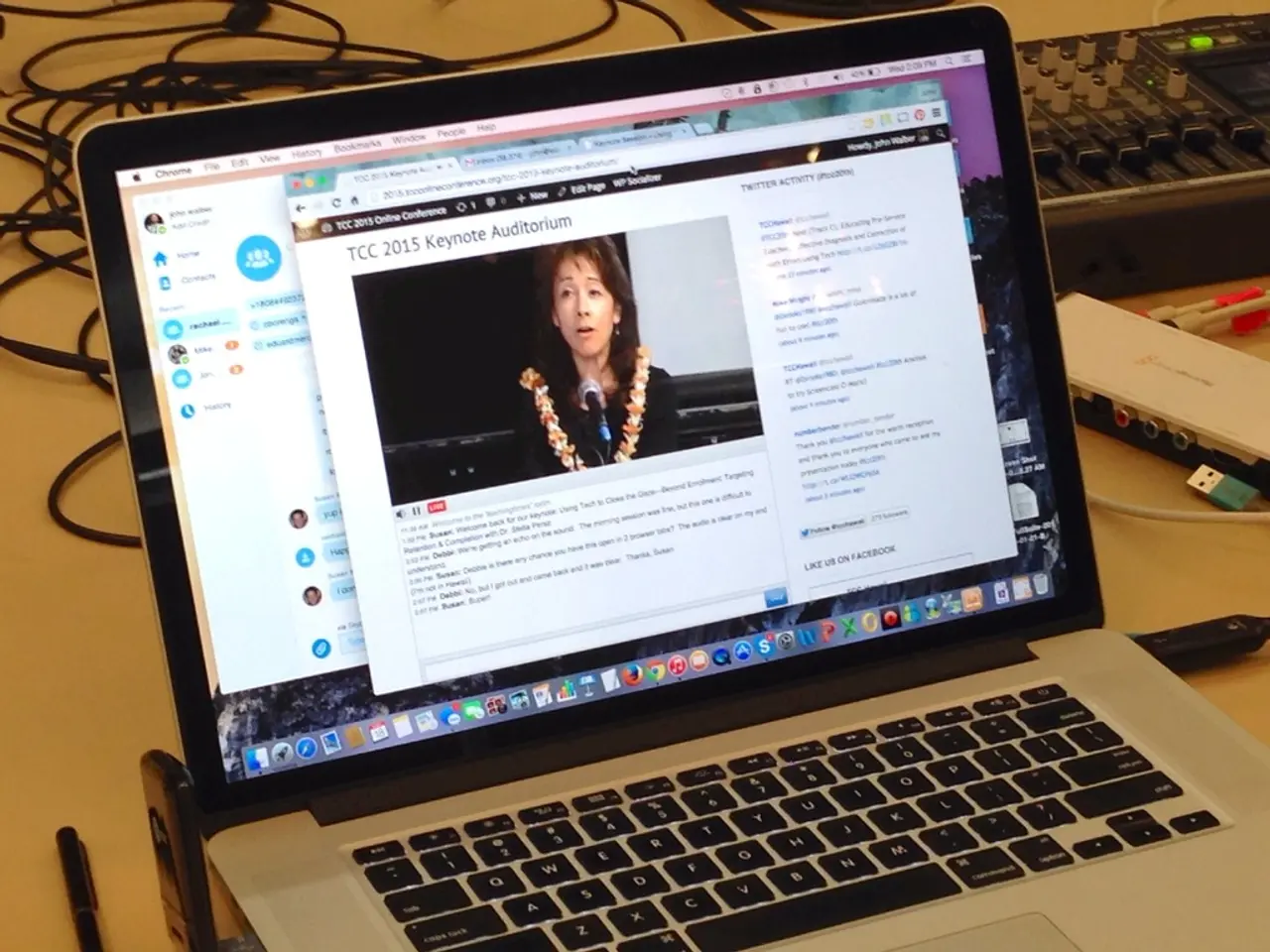Streamlining Task Launches: Enhancing Efficiency with Organized Work Flow
In the fast-paced world we live in, staying productive and focused can often feel like a daunting task. But, fear not! A cognitive strategy called chunking might just be the solution you've been looking for.
Chunking is a technique that improves the organization of information for easier processing and recall. First proposed by cognitive psychologist George A. Miller in the 1950s, chunking groups related items together, reducing the cognitive load and enhancing working memory capacity. This means you can hold more information in your short-term memory and process it more efficiently.
The capacity of short-term memory is limited, often described as "the magical number seven, plus or minus two." By encoding related items together into chunks, people can more readily retrieve and manipulate task-relevant information, leading to smoother task initiation.
Breaking down complex tasks into smaller, meaningful chunks can make starting the task less daunting and improve productivity by maintaining focus and mental organization. For instance, if you're working on a lengthy project, break it down into smaller, goal-related chunks. This way, each chunk becomes a manageable piece of the puzzle, making the overall task seem less overwhelming.
Chunking also supports cognitive processes such as memory binding and episodic chunking, where task-related goals or situations are grouped into structured episodes in working memory. This binding facilitates efficient mental representation and prioritization of relevant task information, enabling better proactive assistance and dynamic task management as the task evolves.
To apply chunking effectively, first identify actionable items within each task. Each actionable item should be specific and achievable. Develop a routine that incorporates regular breaks and reflection. Employ the Pomodoro Technique for time management within chunks, or use the Eisenhower Matrix for prioritization.
Chunking enhances focus, making it easier for you to start your tasks. Use a list of completed tasks to visualize progress and foster motivation. Remember, while it's important to have an "outline" as a roadmap for yourself, it doesn't have to be super formal.
In conclusion, chunking streamlines cognitive processing by reducing the number of discrete information units one must keep track of, thereby improving both the initiation of tasks and sustained productivity through more efficient memory use and task organization. Give chunking a try, and watch your productivity soar!
[1] Miller, G. A. (1956). The magical number seven, plus or minus two: Some limits on our capacity for processing information. Psychological Review, 63(2), 81-97. [2] Anderson, J. R. (2010). Cognitive psychology and its implications. Wiley-Blackwell. [5] Baddeley, A. D. (2012). Working memory: Looking back and looking forward. Trends in cognitive sciences, 16(3), 176-184.
- For women aiming to improve their executive function and productivity, focusing on the technique of chunking could be a valuable resource.
- Chunking, a strategy that improves attention and time management by organizing information, can offer support in the fast-paced world we live in.
- By breaking down complex education-and-self-development tasks into smaller, goal-related chunks, one can boost productivity and personal growth.
- Effective use of chunking involves identifying actionable items within each task, developing a routine with regular breaks and reflection, and employing techniques like the Pomodoro Technique for time management or the Eisenhower Matrix for prioritization.
- As personal support, monitoring progress through a list of completed tasks can foster motivation and enable better prioritization throughout the chunking process.
- Scholars like George A. Miller, Anderson, and Baddeley have explored the benefits of chunking, showing its potential to significantly enhance cognitive processes and productivity levels.




